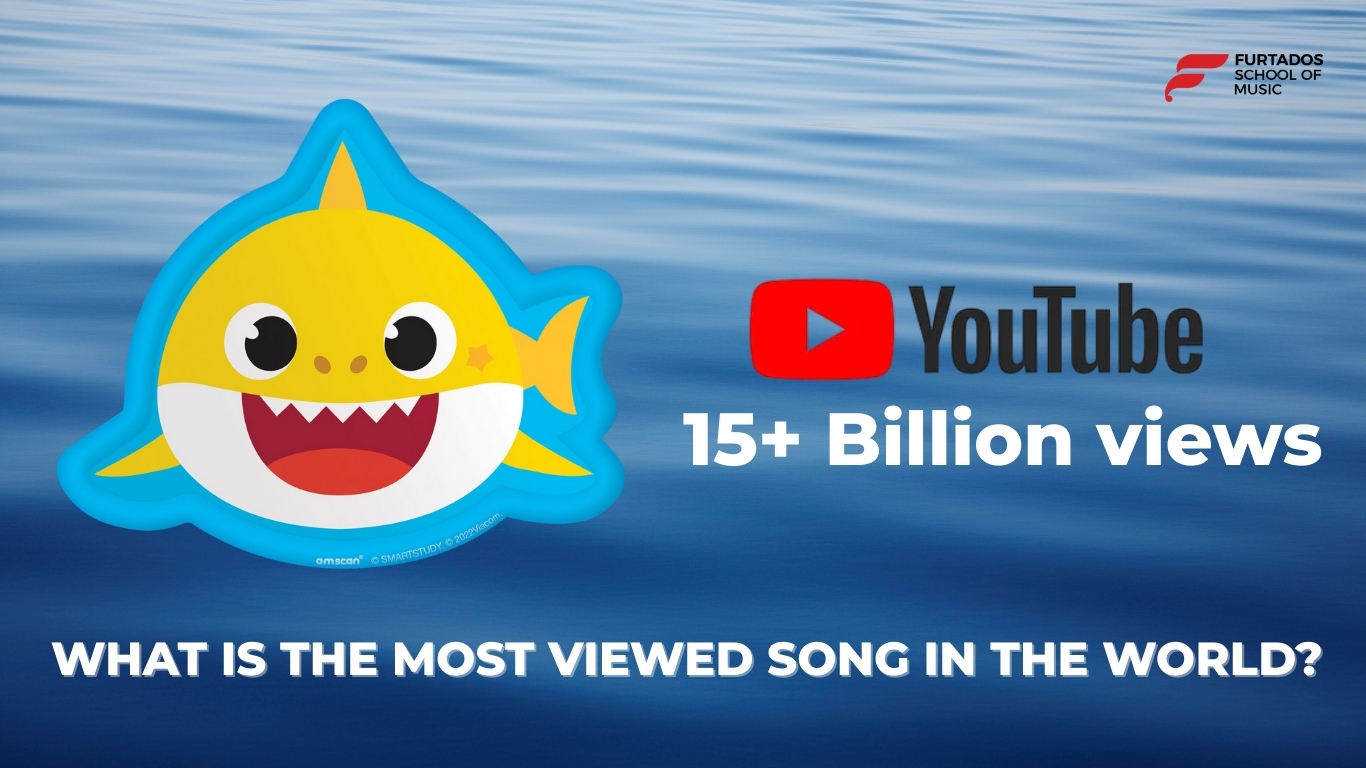In a digital world bursting with music videos, viral dance trends, and earworms that won’t leave your head, one innocent tune has claimed the throne above all others. So, what is the most viewed song in the world?
Surprisingly (or not so surprisingly to many parents), the crown goes to none other than the playful, brightly animated, and endlessly catchy “Baby Shark”.
Yes, doo-doo-doo-doo-doo-doo—that one.
The Rise of a Global Hit
With over 14 billion views and counting, Baby Shark views have eclipsed global superstars like Luis Fonsi’s “Despacito” and Ed Sheeran’s “Shape of You.” This humble children’s song became the most viewed YouTube video of all time, proving that simplicity, color, and joy can rival (and surpass) blockbuster music production.
Created by South Korean company Pinkfong, the song blends repetitive lyrics with cheerful animation, adorable characters, and a tune that refuses to leave your brain. It’s been translated into multiple languages, used in global dance challenges, and even played at sports stadiums. But how exactly did this children’s jingle become a world-dominating anthem?
The Power of Social Media + Little Listeners
The answer lies in two powerful forces: social media and toddlers with screen time.
Parents across the globe started playing Baby Shark to entertain their kids. The song’s visuals—colorful sharks, smiling sea creatures, simple gestures—kept even the most restless toddlers engaged. Its looped melody and singalong vibe made it easy to play on repeat without the need for translation or context.
Then came the virality. Challenges on TikTok, Instagram, and YouTube Shorts featured kids, parents, teachers, and even celebrities dancing to the song. It became more than a tune—it became a global game, a bonding activity, and a universal sound of early childhood.
So, when we ask what is the most viewed song in the world, we’re not just asking about numbers—we’re recognizing how a simple melody, paired with smart visuals and social media, captured hearts across every continent.
Baby Shark and Brain Development: It’s Not Just a Song
While adults might jokingly groan at the endless repetition of “doo-doo-doo…”, the song is actually doing more than just entertaining your child. Here’s how Baby Shark views are tied to developmental growth:
1. Cognitive Growth
- Repetitive tunes help toddlers predict patterns, an essential part of brain development.
- The lyrics introduce sequencing (baby, mommy, daddy, grandma, grandpa shark), which enhances memory and categorization.
2. Motor Skills and Coordination
- The accompanying hand movements and dances help kids develop fine and gross motor skills.
- Imitating the sharks’ gestures also improves body awareness and coordination.
3. Language & Listening
- Repetition of sounds and phrases strengthens phonetic recognition.
- Singing along builds vocabulary and speech rhythm in early learners.
4. Emotional and Social Connection
- Dancing and singing together becomes a social bonding activity for families.
- Kids learn turn-taking, following instructions, and self-expression through music.
In short, singing is a superpower, especially in the early years.
Why Parents Lean on Songs Like Baby Shark
In today’s fast-paced world, songs like Baby Shark provide more than entertainment. They offer:
- A break for parents during meals, drives, or diaper changes
- A reliable learning tool that supports routine and focus
- A shared experience that promotes joy and calm in the home
It’s no wonder online singing classes for kids are booming—parents are realizing the power of music to educate and soothe. When songs are interactive, colorful, and catchy, they can teach more effectively than many traditional tools.
Turning Viral Tunes into Musical Journeys
While viral videos like Baby Shark are fun, they also spark interest in music early. Parents often say their child started by mimicking a tune and ended up singing full songs with melody and rhythm. That’s where formal training can take things to the next level.
If your child loves to sing and groove, it may be the perfect time to channel that energy into structured learning. At FSM (Furtados School of Music), children are introduced to music through engaging vocal lessons designed for their age and ability. Whether they want to sing like a shark or shine on stage someday, FSM offers the right platform for their growth.
Final Note
The answer to what is the most viewed song in the world is more than a number—it’s a symbol of how music, no matter how simple, connects generations. From boosting brainpower to bringing families together, songs like Baby Shark prove that even a toddler’s favorite can change the world—one “doo-doo-doo” at a time.
